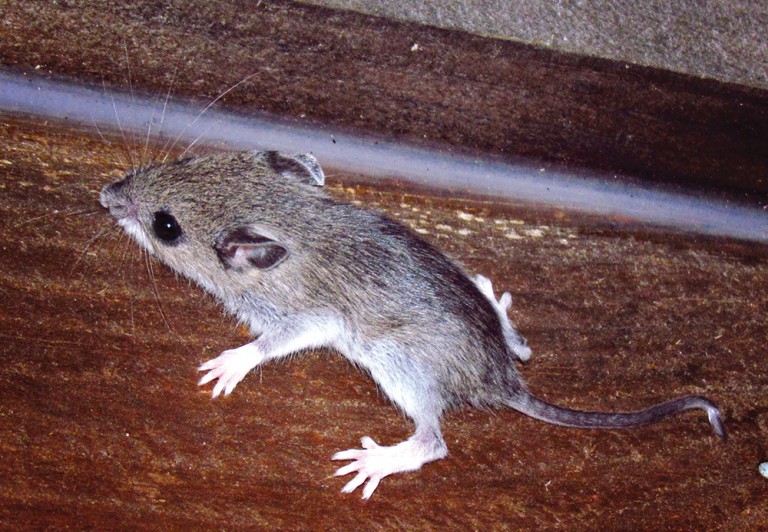By Forum Staff
Approximately 282,000 people in Queens live in homes with signs of mice or rats within the last 12 months. And overall, 12.1 percent of borough households experience rodent problems, which is worse than the national rate of 11.6 percent, according to an analysis from the American Housing Survey via the marketing platform Cinch.
As temperatures drop, mice and rats seek warmth and food indoors, turning homes into their seasonal havens. Cinch noted that rodents bring more than just annoyance; they pose significant health and safety risks. According to the Centers for Disease Control and Prevention, rats and mice can spread diseases such as hantavirus, leptospirosis, and salmonella through their droppings, urine, and nests. They also worsen asthma and allergies, particularly in children. Beyond health hazards, rodents cause structural damage by gnawing through walls, wiring, and insulation—sometimes even sparking electrical fires.

Photo Courtesy of Michael Appleton/Mayoral Photography Office
Last summer, Mayor Eric Adams launched the Rat Pack, a volunteer initiative to address the Big Apple’s rat population.
While leaving food out, crumbs on the floor, or garbage in unsealed containers increases the likelihood of rodent infestations, factors beyond individual behavior often have a greater impact. Home age, whether a home is in a rural or urban area, and local climate conditions are all strong determinants of rodent presence. These structural and environmental factors mean that some regions face consistently higher risks, even with diligent housekeeping.
The median year of when a borough home was built is 1953. An estimated 105,174 borough homes feature a rodent issue.
According to Cinch, urbanization presents a surprising trend: rodent infestations are more common in less urbanized areas. In counties where fewer than 15 percent of the population lives in urban settings, 23.4 percent of homes report rodent problems. Conversely, in highly urbanized counties where 95 percent or more of the population lives in densely populated areas, only 8.7 percent of homes are affected.
This counters the common assumption that cities are the epicenter of rodent problems. One explanation is that the data primarily measures rodent sightings inside homes rather than in public areas, where urban infestations may be more noticeable. Additionally, urban residents often live in multi-unit buildings, such as apartments or condos, which have multiple floors. Rodents are less likely to reach higher floors, making infestations less visible in these settings. On the other hand, single-family homes, which dominate rural areas, are closer to the ground and have more direct access points for rodents, leading to higher reported sightings and signs of infestation.
While home age and urbanization play a key role in rodent infestations, climate is another factor influencing regional differences. States located in colder regions, particularly in the Midwest and Northeast, report the highest percentages of homes affected by rodents. Vermont leads with 24.1 percent of households experiencing rodent issues, followed by South Dakota (23.2 percent) and North Dakota (22.9 percent). Other states with high rates include Iowa (22.2 percent) and Maine (21.2 percent). These areas endure long, harsh winters that drive rodents indoors in search of warmth and shelter. Additionally, older housing stock and rural living conditions in these regions provide ample access points and nesting opportunities for rodents.

